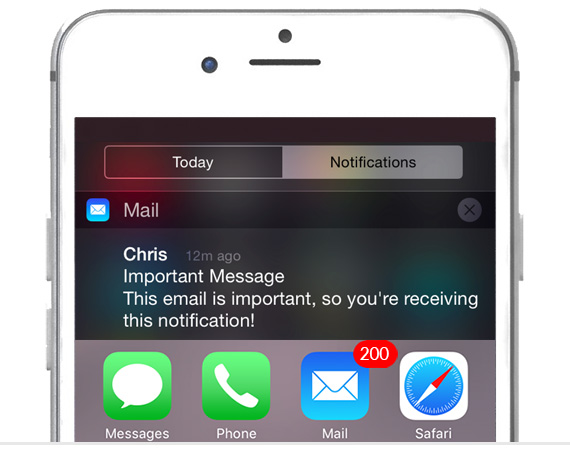Email is a brilliant tool to connect with your customers. Aside from its infallible performance, it can help you achieve some serious results. It’s a secret weapon when it comes to driving website traffic, selling more stuff, and increasing the lifetime value of your customers. It’s a power tool that consistently outperforms its peers, but knowing how to work it requires some serious skill.
In the world of email marketing, the days of spraying and praying are over. Hope isn’t a strategy and neither is persistence. Like everything in life, too much of a good thing is well… just plain bad. From chocolate ice cream to sunshine, the key to success in every area of life lies in moderation. Super simple to say, but not always so easy to do. When it comes to email marketing, the rules of engagement are the same. Try exercising some restraint.
Harnessing the true potential of email is about knowing how to use it, which means knowing when it’s the most powerful. Just because you can invade the inbox daily, it doesn’t mean you should. If you suffer from FOMO, holding back is ridiculously hard… but it’s usually the right thing to do. When the name of the game is getting the coveted triple R (the right message to the right person at the right time), here are a few things to consider.
Don’t Trash Your Reputation
As an email marketing expert, you probably know that timing is everything. If you don’t communicate often enough, you’ll walk into a bunch of problems. Firstly, how do you expect your customers to remember you if you don’t talk to them regularly? As sad as it is, once they’ve put you out of their minds, it’s too easy to find yourself punted over to the junk folder. And after a while, this can start eroding your hard earned sender reputation. Yikes!

Wash the Air of Desperation Off
On the other hand, sending too much too often means that you’re gambling with your precious readers in a different way. Emails that come in fast and furious can annoy readers and reek of desperation all at the same time. It’s also a good way to lose readers permanently if they mark your emails as junk or even worse – unsubscribe. And since the only time I check my junk folder is… kidding, I never check my junk folder.
Read Your Readers
When it comes to frequency, knowing how to read the crowd is tough. Especially when you’ve left your crystal ball at home. To make matters worse, readers usually send mixed signals. It’s completely normal for some readers to respond with 2 thumbs-up, while others do the exact opposite and tune you out raining on your little victory dance. The truth is your readers are as unique as you are. So a one-size-fits-all approach usually just disappoints. Try organizing them based on preferences to sharpen your email game.

Hidden Deep in the Forest
So by now, you’re probably asking yourself if there’s a magic formula. Maybe some sort of data-driven winning number? How can you be more like Goldilocks but get it just right every time? You can go find the 3 bears in the middle of the woods and try your luck… or accept that it’s just an urban myth. What works for some businesses doesn’t work for others. There’s an enormous amount of research out there on customer email preferences, but it’s important to remember that it really changes from business to business. So the best advice I can offer is to test different frequencies and see what works.
Stop Guessing and Nail it
Nailing your send frequency really comes down to how well you understand your customers. Do you know how often they want to hear from you? And what type of content they want to read about? Constantly finding new ways to add value to your customers’ lives can be harder than finding the Holy Grail if you try to go it alone. Next time you find yourself guessing, don’t be too hard on yourself. Instead, try something different. Ask your customers with a simple survey probing about content and frequency. You’d be surprised at what you could learn.
The Paradox of Choice
Just like at a fancy restaurant, patrons have different taste buds. Chefs know this little pearl of wisdom and create menus to help customers easily select items to suit their individual preferences. Not sure what wine to order? No problem. Just ask the server for some expert recommendations. They work hard at having something for everyone and you should too.
Email marketing is much the same, except the menu is usually disguised as a preference center, survey or groups organized based on interests or behaviors. Start by testing content and frequency to see if you’re getting better engagement. And then when you start sending content they really want, they’ll like you more and look forward to your next one.
Oh, and don’t forget to keep checking the numbers to see when the dollar bills start flying in.






